Posted on March 2, 2016
A colouring book for the lazy
Colouring in books are a popular form of narrative for children as it is more interactive and engaging, it also allows them to use their own creativity. Participating in creative therapies—such as art, performance, writing, and playing music—has been shown to reduce stress, anxiety, distress, depression, and negative emotions. Further, they can improve flow and spontaneity, expression, positive identity, and positive emotions
Harriet Russel – ‘A colouring book for the lazy’
Le Petite Prince – Colouring Version. They adapted the original book to be then brought as also a colouring book that follows the same narrative.
Posted on March 2, 2016
Children Books Exploring differences
One major theme that occurs within children’s literature is the exploration of differences, whether thats looking at gender, race. age or sexuality. A prime example of a book exploring this is ‘And Tango makes three’, it anthropomorphises penguins as a way of relating human emotions to that of animals.
‘And Tango Makes Three’ looks at the subject of sexuality and relationships.
“The book is based on the story of Roy and Silo, two male chinstrap penguins in New York’s Central Park Zoo. Roy and Silo were observed performing behaviors typically seen in penguin couples, such as bowing to one another. Roy and Silo made a nest together, and seemed to be trying to hatch a rock that resembled an egg. When zookeepers realized that these two males had formed a couple, they gave them an egg to hatch. This egg was obtained from a male-female penguin couple, named Betty and Porkey, who had two eggs and could not care for both at once. Roy and Silo took turns sitting on the egg, and eventually it hatched. The female chick was named “Tango” by the zookeepers.”
Posted on March 2, 2016
Research regarding colour
At a young age one of the main elements that attract a younger audiences attention is colour that is bright and bold. So a frequent element that occurs within children’s book is the use of colour, more often than not they tend to utilise at least one primary colour.
One book I’ve researched into that is relevant both with the use of colour in a design sense, but also the way colour is referred to as a learning topic. Written by one of children’ most famous authors Dr Seuss, the book is titled ‘My Many Coloured Days’. 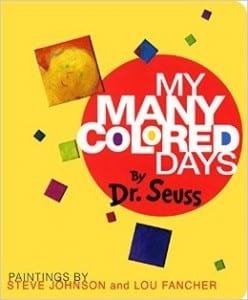 Synopsis of ‘My Many Coloured Days’ – A board book version of Seuss’s popular rhyming story describes each day in terms of a particular color which in turn is associated with specific emotions.
Synopsis of ‘My Many Coloured Days’ – A board book version of Seuss’s popular rhyming story describes each day in terms of a particular color which in turn is associated with specific emotions.
Painted by Steve Johnson and Lou Fancher, ‘My Many Coloured Days’ explores the concept of colour and the connotations to feelings and emotions by linking them to everyday scenarios that children experience.
Posted on February 24, 2016
Brief 4 – Children’s Books
Once given the brief for our final project which included creating a children’s book surrounding a contentious subject matter, I decided to look into common themes explored within children literature to give me some inspiration with my subject matter.
Childrens literature can act as:
- A mirror to enable readers to reflect on life problems and circumstances
- A source of knowledge
- A source of ideological challenge
- A means to peer into the past, and the future
- A vehicle to other places
- A means to reflect on inner struggles
- An introduction to the realities of life and death
- A vehicle for the raising and discussion of social issues
Some common themes that children’s books explore include issues surrounding –
1 – THE AGED – ‘Remember Me’ (Margaret Wild & Dee Huxley)
‘Can you do this old badger?’ (Eve Bunting)
2 – THE PERSON OF DIFFERENT RACE OR ETHNICITY – ‘The Burnt Stick’ (Anthony Hill & Mark Sofilas) – ‘The Sneetches’ (Dr Seuss)
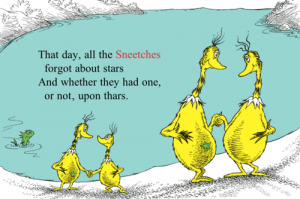 3 – UNDERSTANDING THE OTHER GENDER – ‘Pearl Barley and Charlie Parsley’ (Aaron Blabey)
3 – UNDERSTANDING THE OTHER GENDER – ‘Pearl Barley and Charlie Parsley’ (Aaron Blabey)


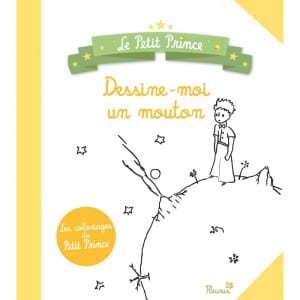
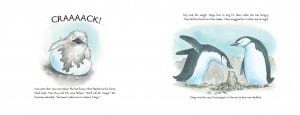
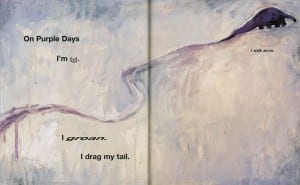
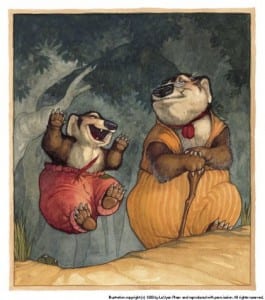
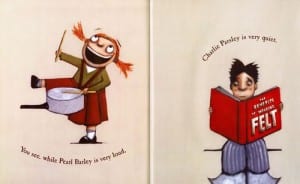
Recent Comments